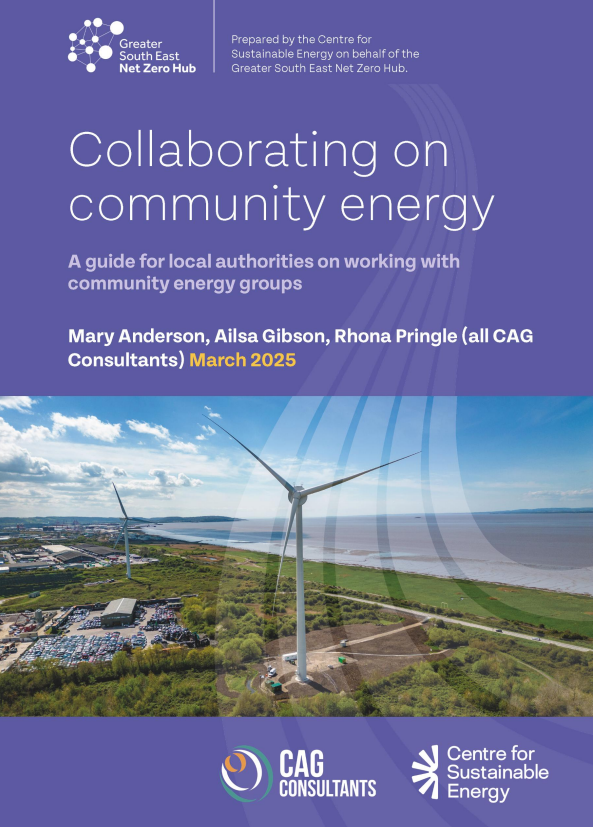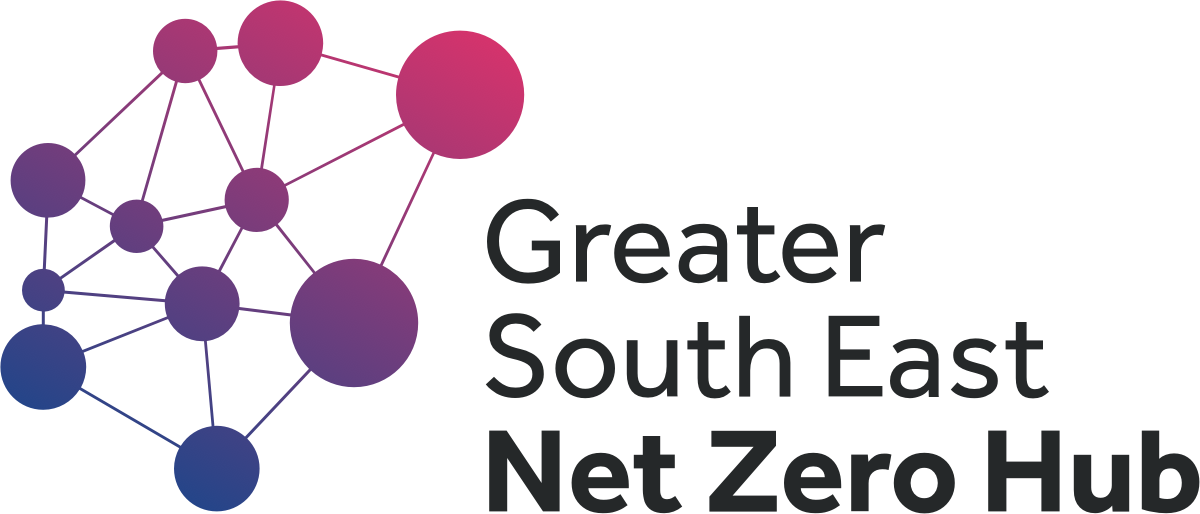This guide is aimed at local authority officers and elected members who want to start – or broaden – work with community groups on energy issues. Working with community energy can help your local authority to achieve its Net Zero commitments, increase local resilience, and deliver local value and benefits.

This guide is aimed at local authority officers and elected members who want to start – or broaden – work with community groups on energy issues. Working with community energy can help your local authority to achieve its Net Zero commitments, increase local resilience, and deliver local value and benefits.
This guide is aimed at local authority officers and elected members who want to start – or broaden – work with community groups on energy issues. Working with community energy can help your local authority to achieve its Net Zero commitments, increase local resilience, and deliver local value and benefits.
This guidance is primarily aimed at first and second tier local authorities (e.g. counties, districts, unitaries, combined authorities, London and metropolitan boroughs), providing ideas and good practice examples to help you to progress collaboration on energy issues with community groups in your area.
This document also includes a Local Authority-Community Energy (LACE) ‘collaboration assessment’, to help you to assess what your local authority is already doing to collaborate with community energy groups. The collaboration assessment will also help you to identify which tasks or ‘building blocks’ you might want to progress to develop LACE collaboration further.

